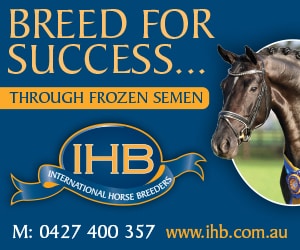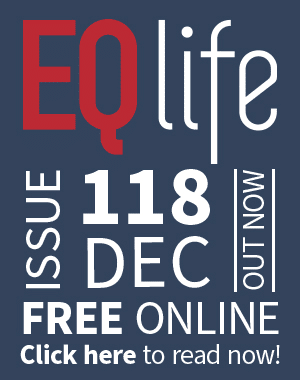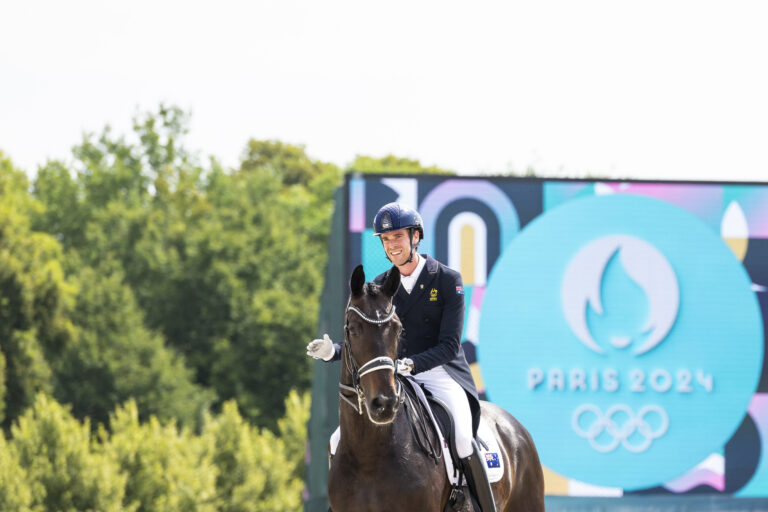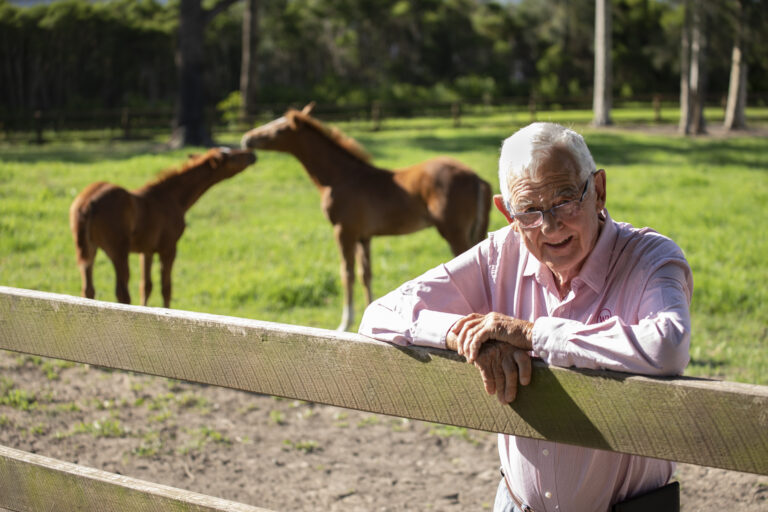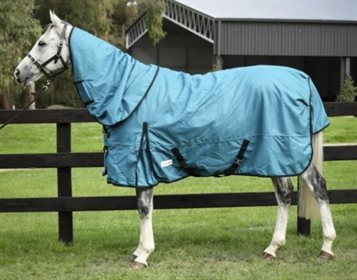This article has appeared previously with Equestrian Life. To see what is in our latest issue, please click here.

By Linda L Allen
Riding and jumping, like most other activities, are best learned by doing. Practice is as essential for riders as ongoing training is for horses, no matter their current level. The old adage ‘practice makes perfect’ works best when modified to say: ‘Perfect practice makes perfect’. Written by world-class course designer and retired international jumping rider Linda Allen, the schooling exercises set out below have evolved from years of observing the best riders and trainers in the world. The book, foreworded by Olympic Gold Medallists David O’Connor, Joe Fargis and Bill Steinkraus, is designed for riders and instructors with exercises from the most basic through to tackling specific trouble spots encountered in training or to correct particular shortcomings in a horse’s jumping technique. We have selected some of the 101 Jumping Excercises, starting with a few basics.
USING GYMNASTICS FOR BOTH TURNS AND STRAIGHTNESS
Rodrigo Pessoa
Jumping courses consist of jumps connected by turns and straight lines. Riding straight, balanced lines with effortless flying lead changes is an integral part of winning hunter and equitation rounds, and assists greatly in producing successful showjumping performances. However, your horse’s ability to land over a fence both straight and on the proper lead for an upcoming turn is a necessary, yet often ignored skill. Landing on the desired lead is the basis for making correct turns over a jump in timed competitions. It is critical that you leave your horse free to jump in an unrestricted manner and use your eyes and shoulders as the means of indicating the intended change in direction to your horse.
The photo of World Champion Show Jumping rider Rodrigo Pessoa, above, is a perfect example. He is clear in exactly where he is going next, while permitting Lianos the opportunity to focus on his task of jumping straight out of this combination without a jumping fault. Notice the slight shift in Rodrigo’s weight into his left stirrup and the very tight folding of Lianos’s left foreleg to miss the pole while preparing to land on his left lead. The horse’s mane obscures the extra release of Rodrigo’s right hand, but you can see from the illustration below how making an effective turn in the air closely resembles the body dynamics of making a turn on a bicycle. Leaning out to the side will result in loss of balance in both situations. Riding a straight line between obstacles offers its own set of challenges. Again the bicycle analogy is a good one. You go straightest when you ‘steer’ the least.
Focusing on a point at the far end of the arena will help you feel both the straight line and the straightness under you. Any deviations must be dealt with by riding smoothly forward, not by slowing down and making a series of ‘left–right’ corrections with your hands. As with all exercises in this book, pay attention to the smallest details. This is how you will become an aware rider with skills to feel your partnership with your horse and to cope with any situation that might arise.
CHALLENGE – DIFFICULTIES WITH LEAD CHANGES

As a rider you must develop the skills necessary to control both your own position and your horse easily and naturally over the jumps. You must also master maintaining a straight line, an adjustable pace, and accurate bend throughout. Until you’ve reached this level of skill, it is best to delay working on flying changes in your jumping training. In the meantime, either execute accurate simple lead changes when needed, or ignore the lead issue entirely. Focus instead on maintaining rhythm and good balance. Even if your horse cross-canters or counter-canters some jumps or turns at this stage that is far preferable to confusing your horse with a futile clashing of the aids.
Without the proper basics in place first, you are far more likely to create an upset or irritated horse than a clean lead change. Flying lead changes are natural to some horses and difficult for others. It is always a bad idea to confuse the horse. Why should you expect him to be smooth, relaxed, and regular in his rhythm approaching a jump if he is anticipating you galloping, kicking, pulling, and/or leaning after? These sorts of efforts to ‘make’ a horse perform a flying change are usually futile.
Once you have mastered straightness, line, pace and rhythm after your jumps (if your horse hasn’t already begun offering automatic changes on his own when the need arises), use the following exercise to give him the idea of what you want.
EXERCISE: Using a pole to set up a lead change.
HOW?
1. Set a star of four jumps in the centre of your ring. Also place four ground poles near the side of the arena in each corner and a single ground pole at either end, as shown in diagram.
2. Canter across one of the diagonals of your arena and jump a single obstacle that is in your path.
3. Continue to canter directly toward the centre of the rail that lies ahead.
4. Balance your horse’s canter as you approach this pole, being sure that he feels totally straight under you and that you are sitting in the centre of your horse.
5. Quietly but firmly ask your horse to bend in the direction of the upcoming turn as he canters over the pole.
6. If your horse fails to change his lead over that first pole (or cross-canters after it), use the pole placed across the end of the arena as your second opportunity to place him on the correct lead.
7. Finish with a round circle once again over the end pole to confirm the lesson.

Reprinted with permission from 101 Jumping Exercises for Horse and Riderby Linda L Allen. Published by Storey Publishing, available wherever quality books are sold. For wholesale enquiries contact Capricorn Link, sales@capricornlink.com.au.
READ THE LATEST NEWS ARTICLES HERE



